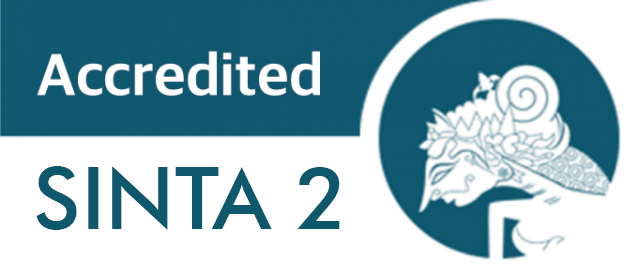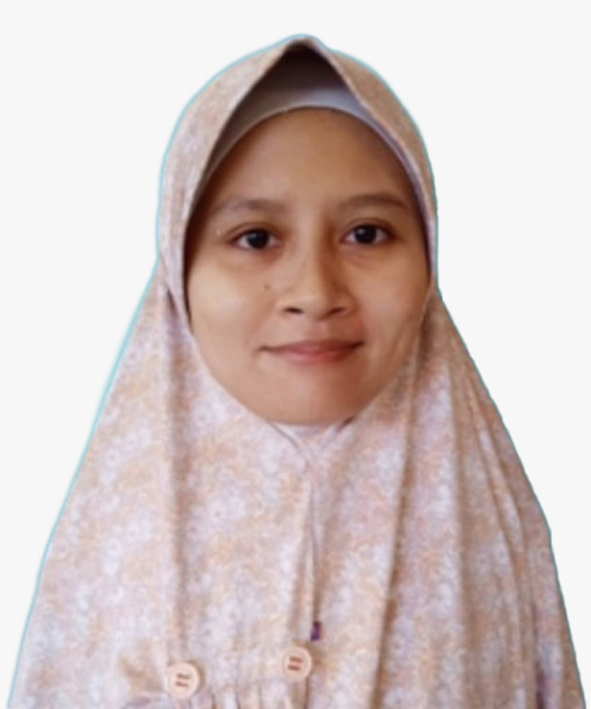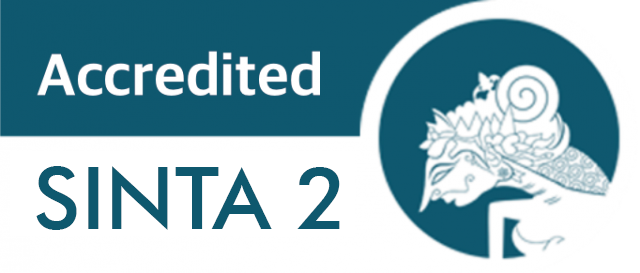Relationship Between Stress Level and Academic Grade in Medical Students of Universitas Airlangga
Downloads
Introduction: Medical students have higher psychological pressure compared to students from other majors. Excessive levels of stress can cause physical and mental problems, lower self-esteem, and interfere with academic achievement. Stress has a significant correlation with academic grades. Objective: This study aims to determine the relationship between stress levels and academic scores Methods: This research is an observational analytic study with a cross-sectional design to analyze the relationship between perceived stress scale and academic scores. Perceived Stress Scale were used to determine stress level and spearman correlation were used to correlate stress level with GPA Results: No variable with a Spearman correlation coefficient above 0.2 was found, so it can be seen that none of the variables has a correlation with GPA. But income per capita has a significant p-value. Discussion: The stress level score with the GPA score has a Spearman correlation of -0.089. The correlation shows an insignificant relationship. This shows that the level of stress shown through the Perceived Stress Scale does not have a significant effect on the academic scores of Airlangga University medical students. Sohail's research (2013) found similar results where most students with stress still passed the exam but there were a small number of students with severe stress who failed. This is different from the results of Kumar et al. (2014) who found that stress levels have a negative effect on academic performance. Conclusion: In this study, no correlation was found between stress levels and academic scores.
Copyright (c) 2024 Tito Robbani Akbar, Izzatul Fithriyah, Linda Dewanti, Akbar Nyong husain

This work is licensed under a Creative Commons Attribution-ShareAlike 4.0 International License.
1. Copyright of this journal is possession of the Author, by the knowledge of the Editorial Board and Journal Manager, while the moral right of the publication belongs to the author.
2. The journal allows the author(s) to retain publishing rights without restrictions.
3. The articles are published under a Creative Commons Attribution Share-Alike (CC BY-SA) license. Many research funding bodies prefer the CC BY-SA license because it allows for maximum dissemination and re-use of open access materials. Users are free to share (copy, distribute, and transmit) and remix (adapt) the contribution under this license, including for commercial purposes, as long as they attribute the contribution in the manner specified by the author or licensor.




























